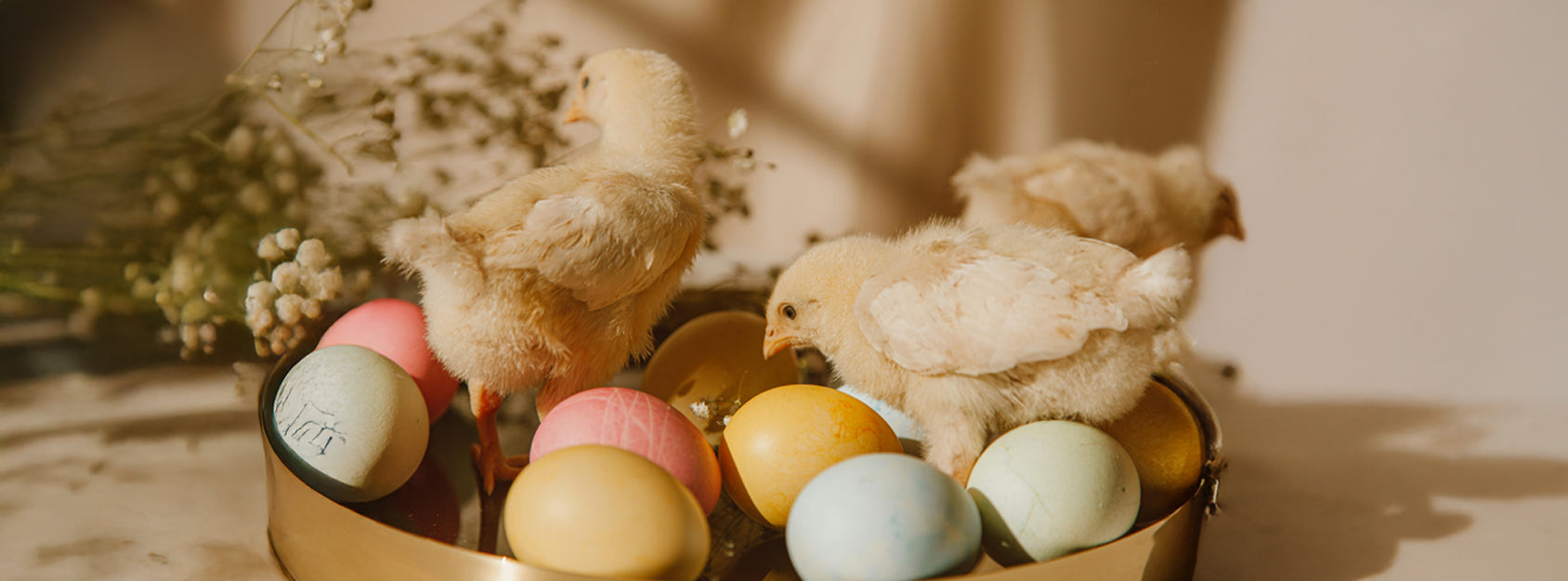
Inhaltsverzeichnis
Dyeing eggs naturally – sustainable, creative & full of joy
Easter is just around the corner—and with it, one of the most wonderful traditions: egg dyeing. Instead of synthetic dyes from the supermarket, which are often unsustainable, you can make beautiful, natural egg dye with a few simple ingredients from your kitchen. This way, Easter will not only be colorful, but also environmentally friendly and mindful—in keeping with a sustainable lifestyle.
Why natural egg dye is the better choice
Many conventional dyes contain artificial colors that aren't biodegradable or can even penetrate the eggshell. Especially if you plan to eat the eggs afterward, it's worth using natural alternatives. Natural dyes are not only healthier but also offer the opportunity to playfully discover the power of nature with children—a truly added-value Easter experience.

Photo: Dari lli/unsplash
These natural materials dye your Easter eggs without chemicals
The best colors come directly from nature! Here's a brief overview of which ingredients are suitable for what:
| shade | ingredient | Tip for use |
| Yellow | Turmeric, chamomile tea | Intensified by longer cooking |
| Red | Beetroot, hibiscus flowers | Add vinegar to the water before dyeing |
| Blue | red cabbage | Produces surprisingly beautiful shades of blue |
| Green | Spinach, parsley | Lighten with a little baking powder |
| Brown | Black tea, onion skins | Classics for warm, earthy tones |
Tip: Use white or light brown organic eggs – the colors come across particularly beautifully on them.

Photo: Tima Miroshnichenko/pexels
How it works: Step-by-step instructions
-
Boil eggs – it’s best to bring them to room temperature so they don’t burst.
-
Making dye – Simmer the selected ingredient with water and a little vinegar (approx. 1 tablespoon per ½ liter) for 30–45 minutes.
-
Strain the broth – Pour through a sieve into a glass or bowl.
-
Dyeing eggs – Place boiled eggs in the dye solution and let it soak for 30 minutes to overnight, depending on the desired color intensity.
-
Let it dry & oil – after coloring, dab gently and make it shine with a little cooking oil.
This creates soft, organic tones that make each egg a small work of art.

Photo: Roman Odintsov/pexels
Sustainable Easter joy – consciously
Easter means more than just colorful eggs and chocolate – it invites us to pause, savor life consciously, and create special moments with our loved ones. By using natural egg dyes, you're setting an example for environmental awareness and creativity. Perhaps this year, you'll not only dye eggs with plants, but also sow new ones – for example, herbs or flowers in pots as Easter decorations that will bring joy for a long time.
The naturally dyed eggs also make a wonderful gift—adorned in a wicker basket or in a glass jar with a small greeting card. This way, you can make Easter not only sustainable but also personal.

For big and small hands: Being creative together
Natural egg dyeing is especially fun with children – not only because of the exciting color transformations, but also because the crafting, cooking, and experimenting creates valuable family time. And who knows? Maybe you'll even discover new favorite colors from nature.

Photo: cottonbro studio/pexels
Small gestures, big impact
If you want to celebrate Easter naturally, you're consciously choosing to be more mindful—and you don't have to forgo the joy of color or beautiful rituals. Whether dyeing eggs, decorating, or giving gifts: With a little mindfulness and lots of joy, your Easter celebration will not only be more colorful, but also more sustainable.

Photo: Thalia Ruiz/unsplash


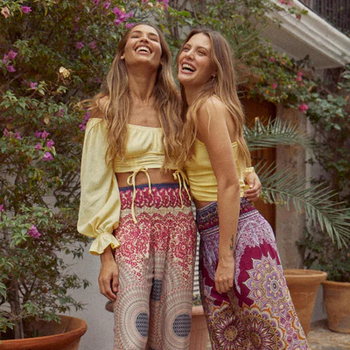
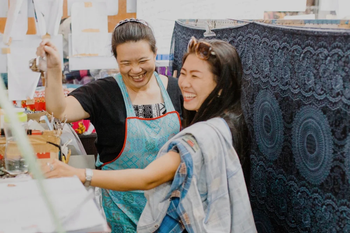
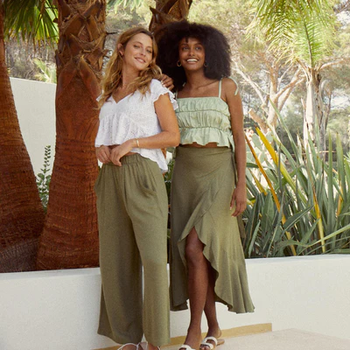

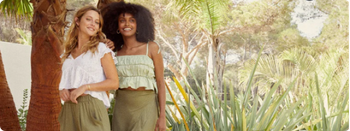
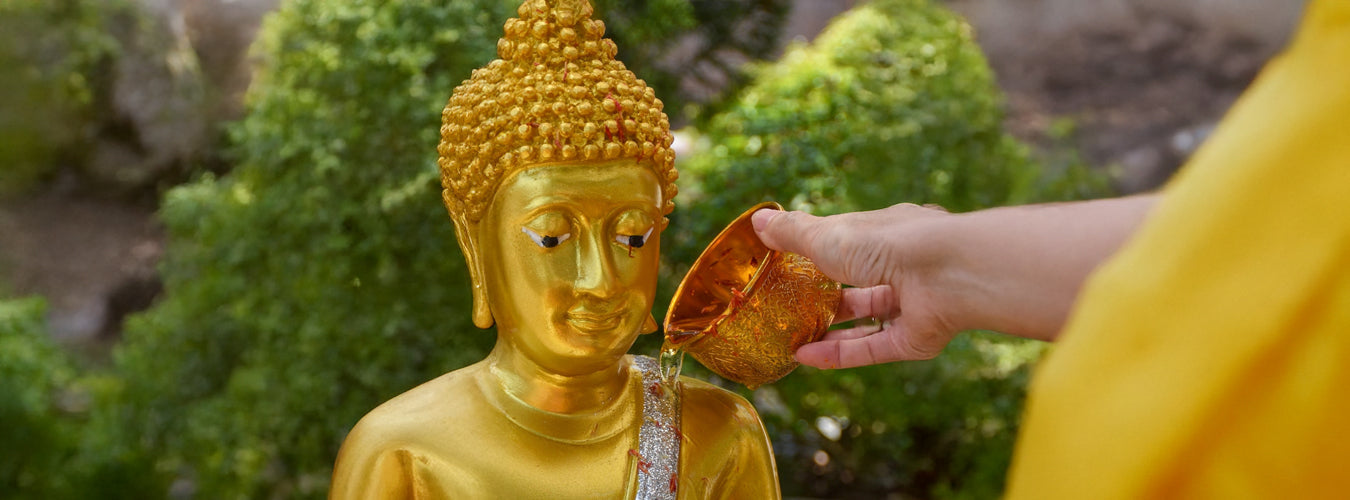
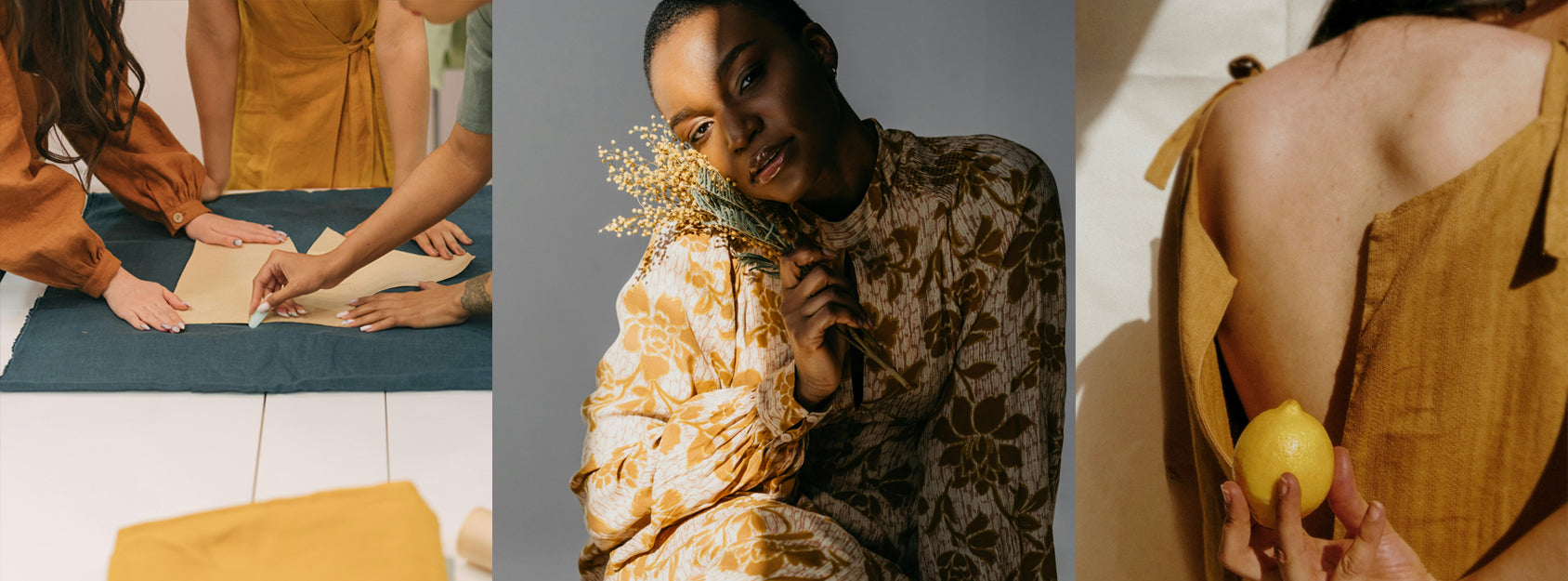
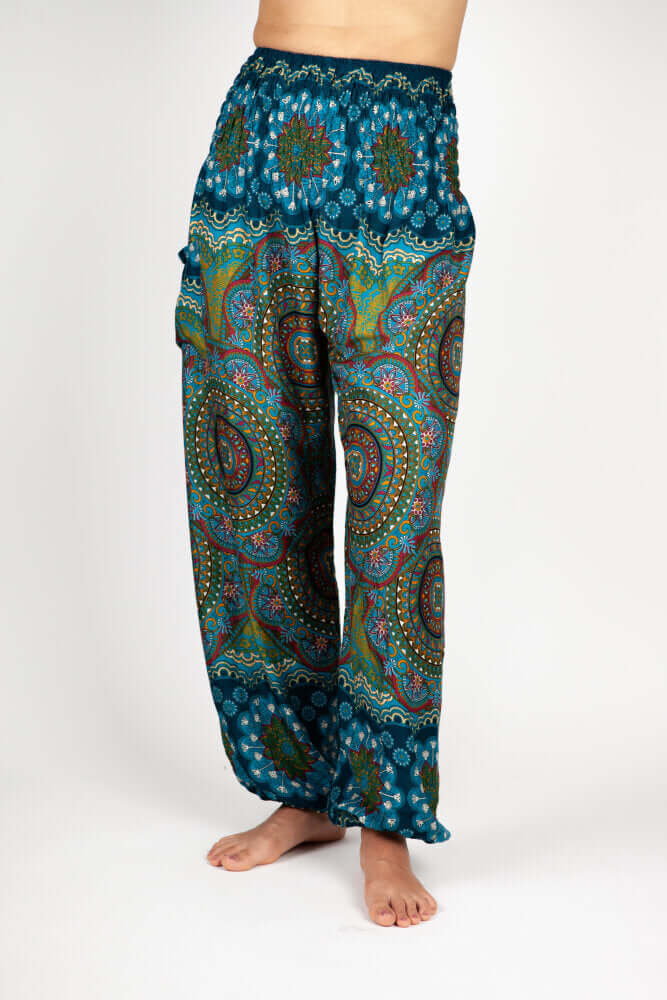
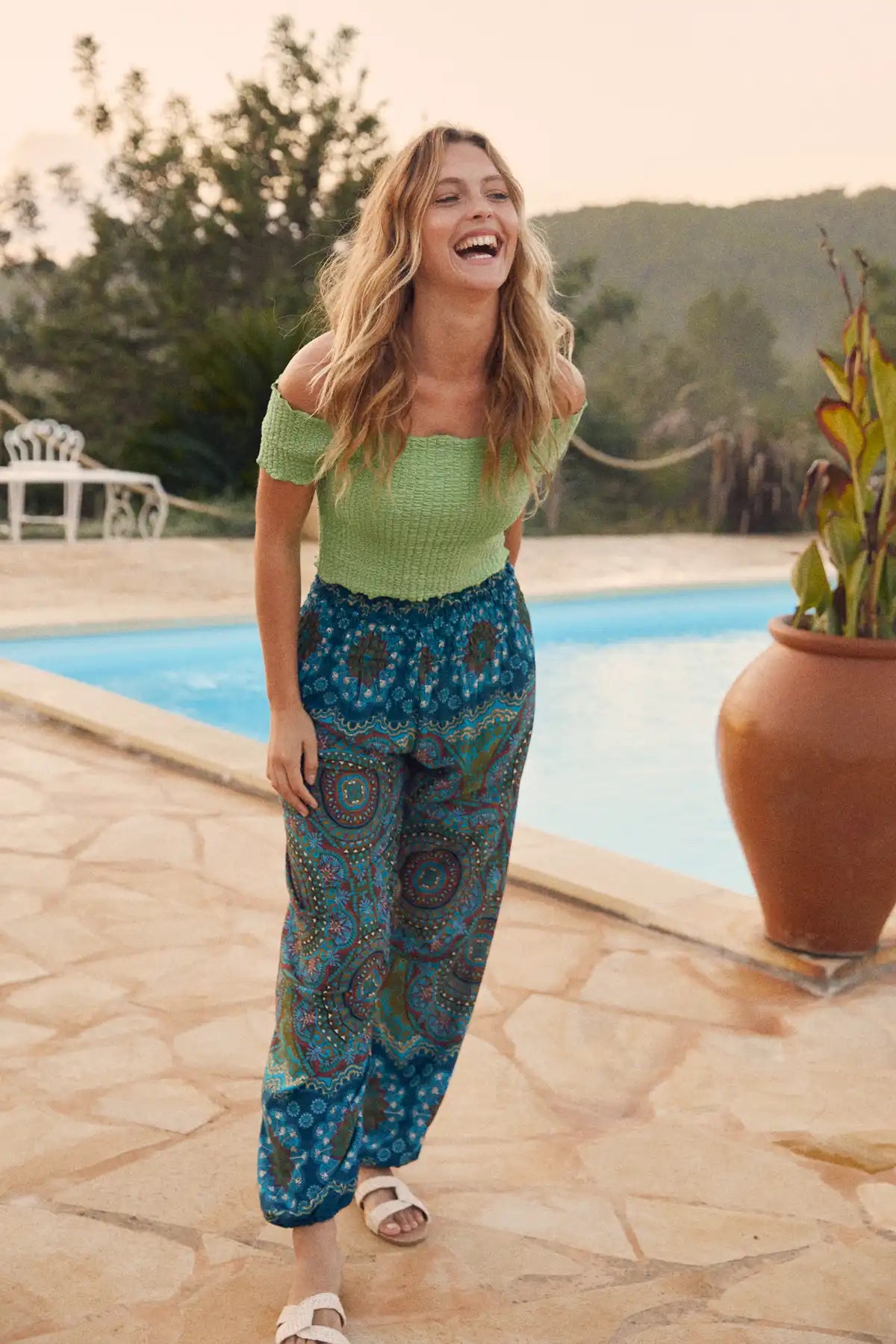


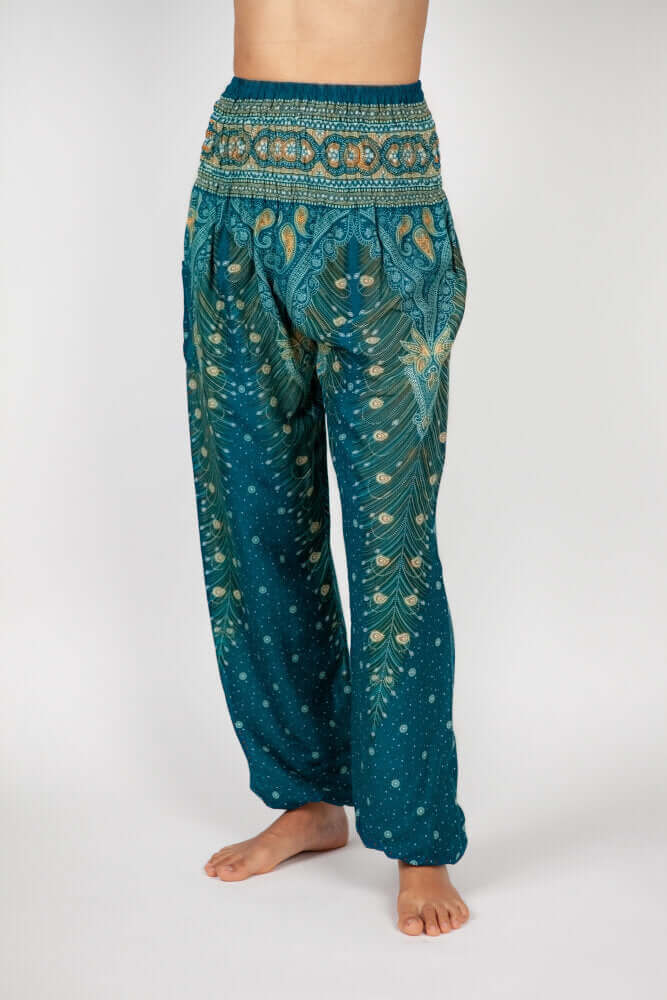
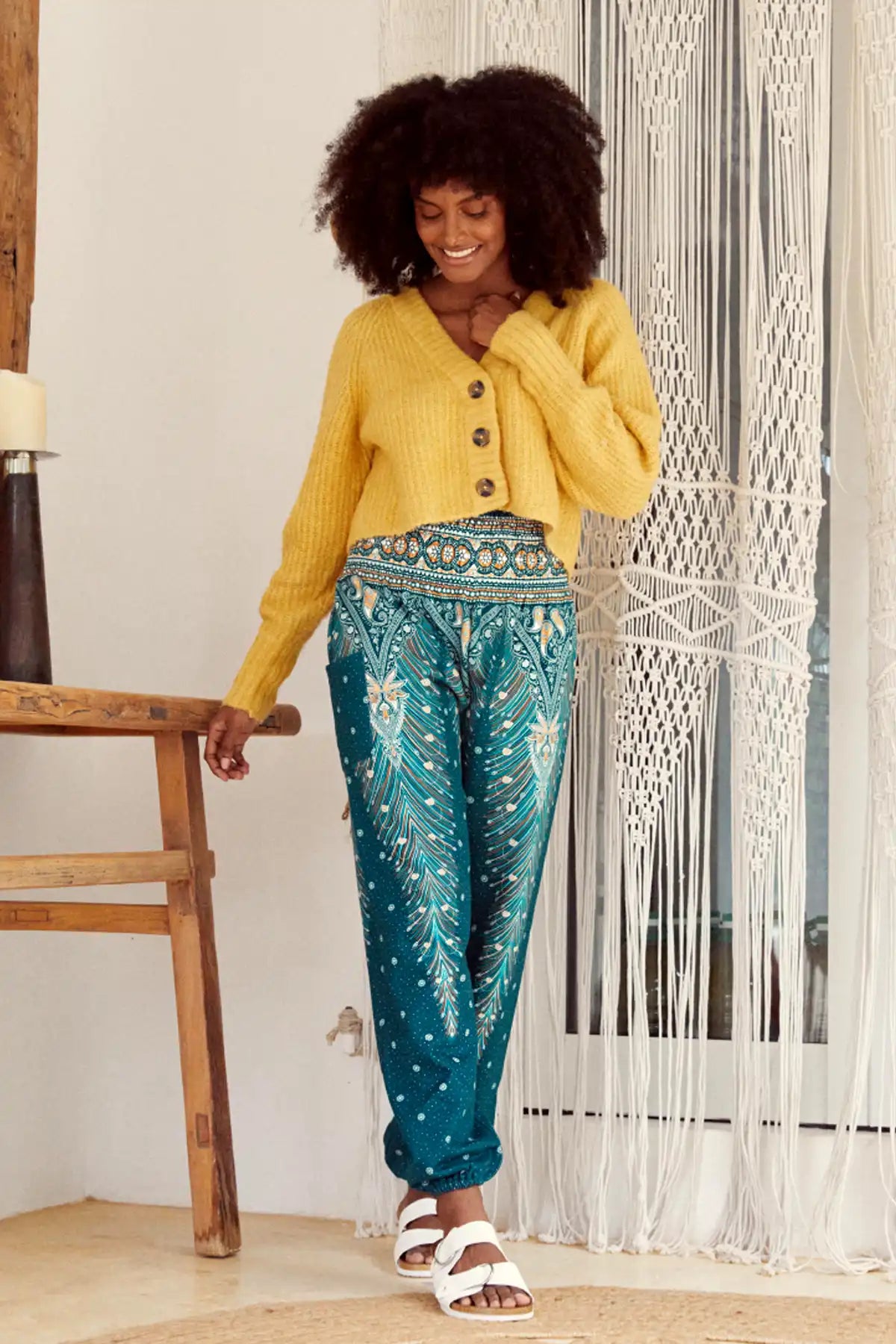
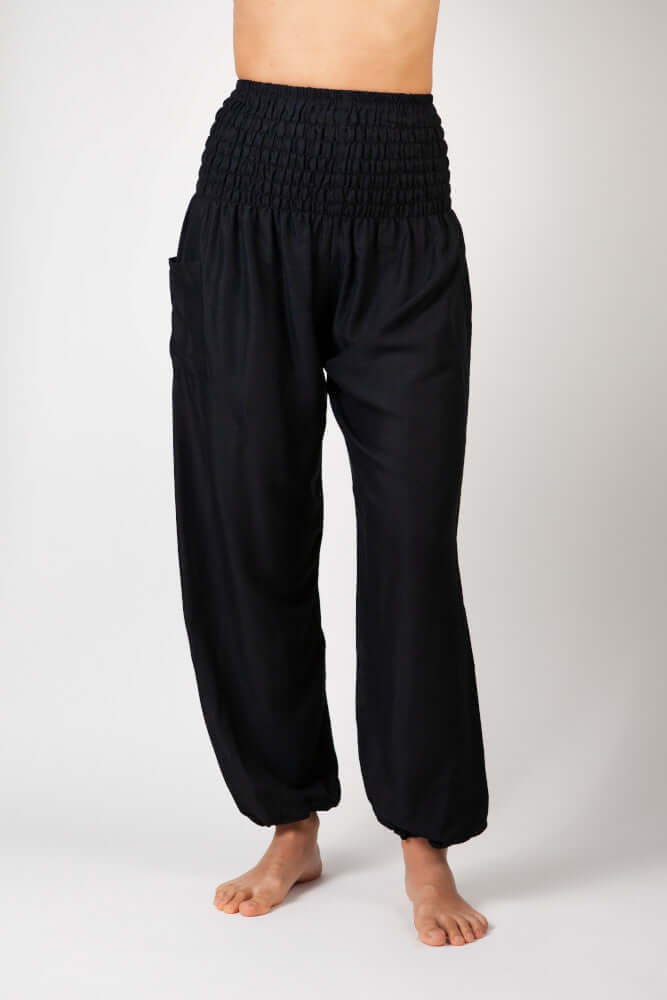
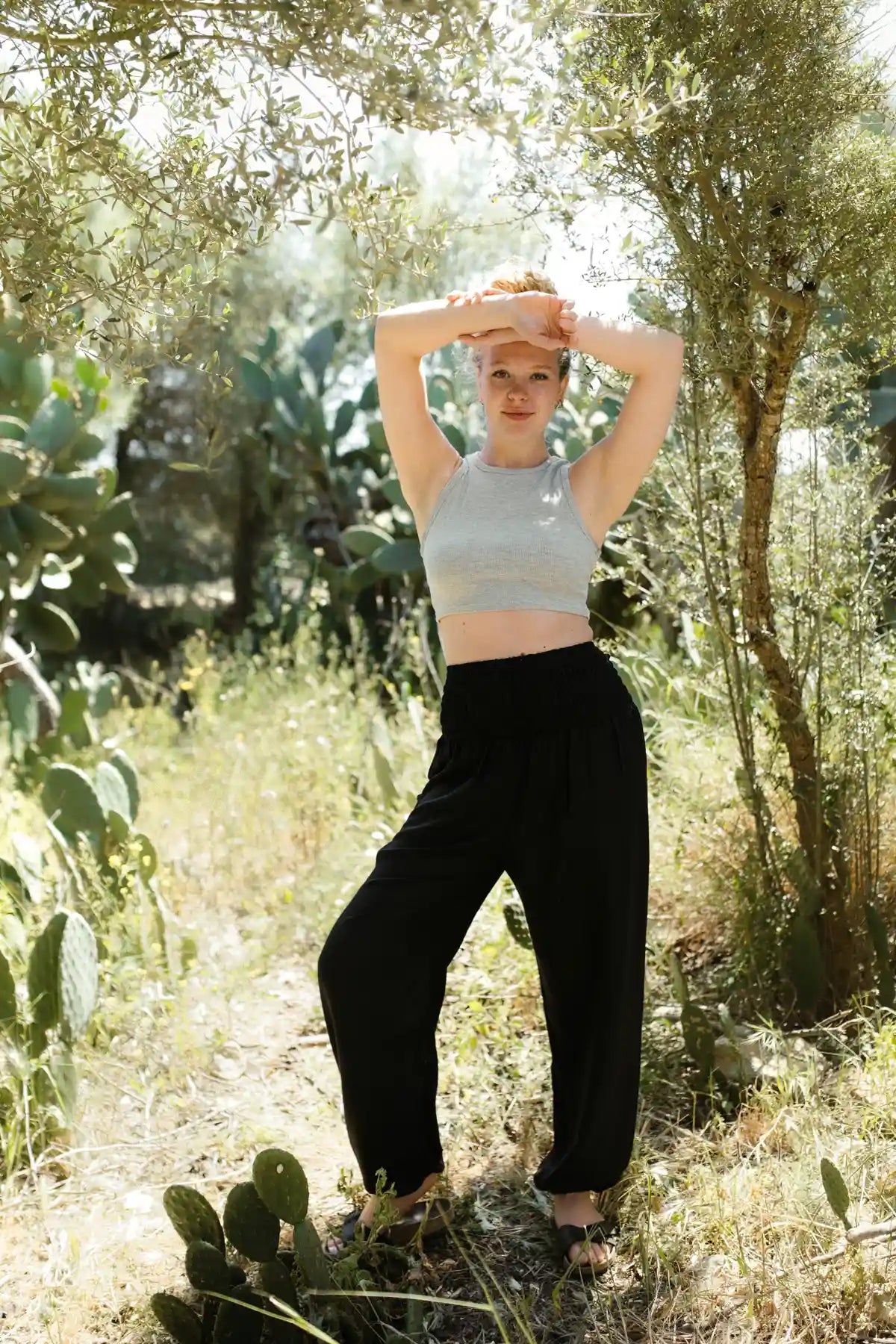
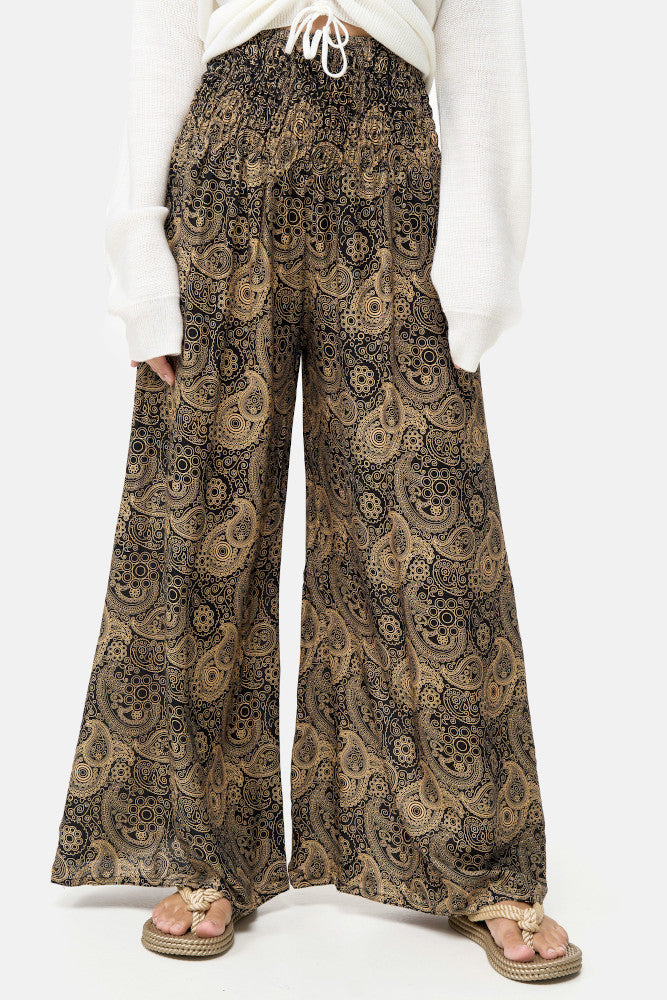
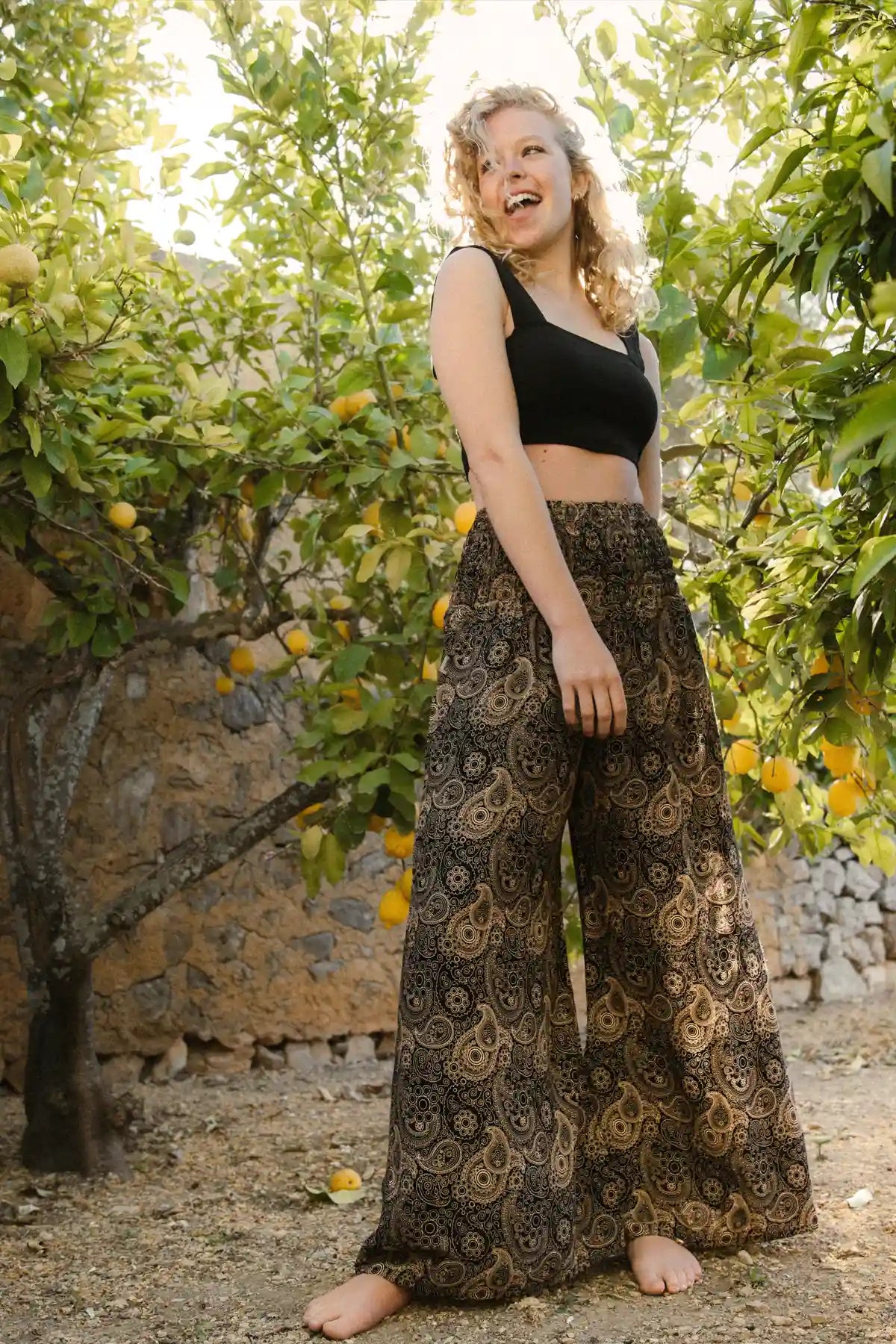
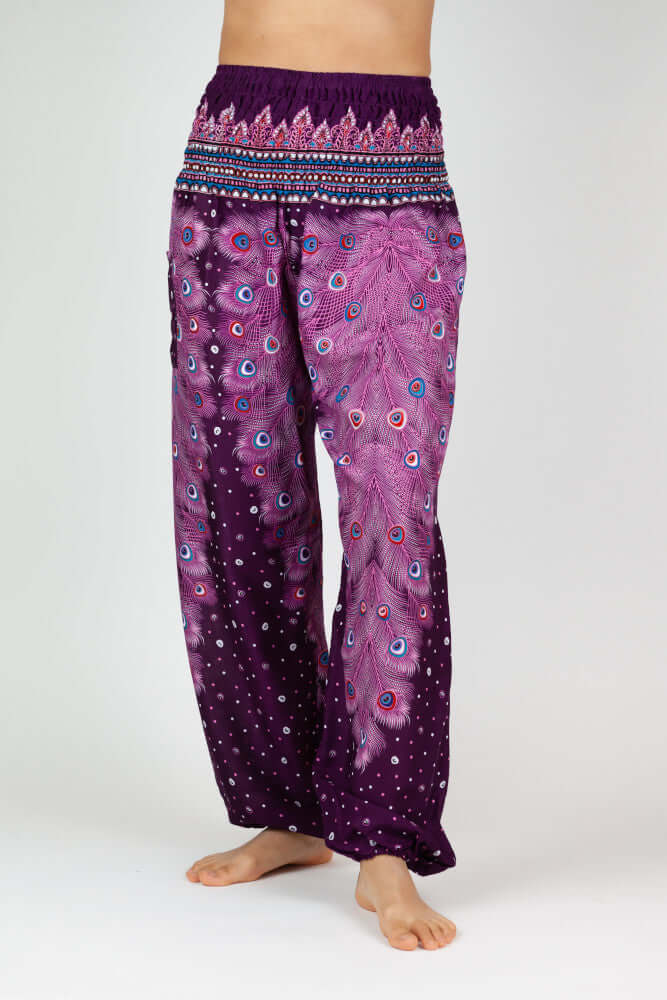
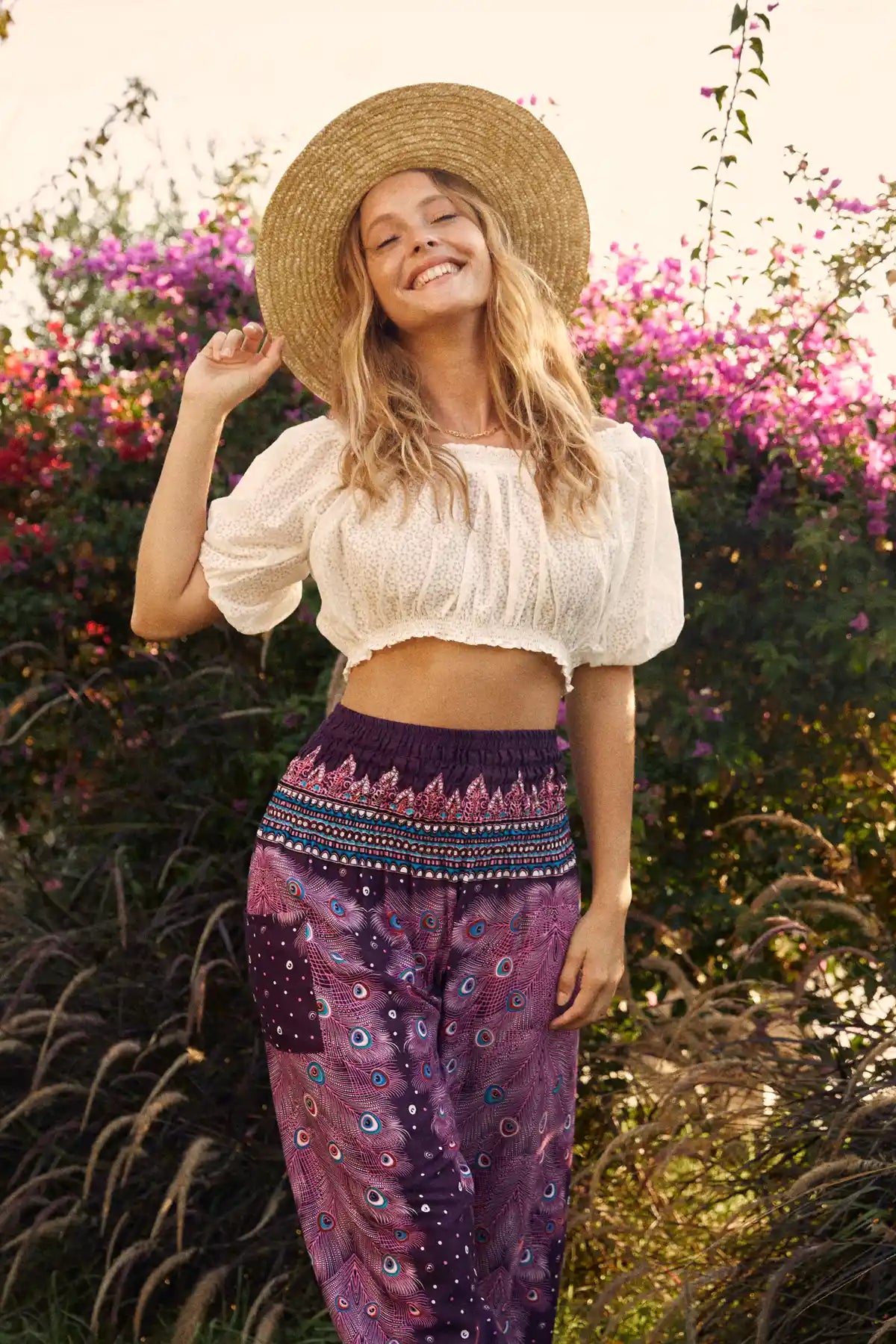
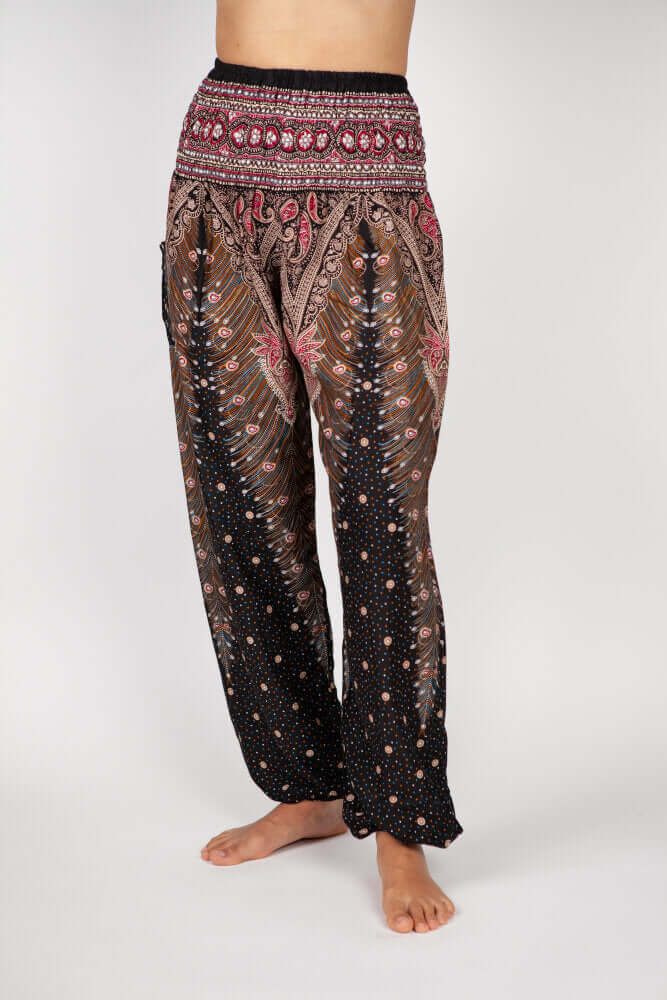
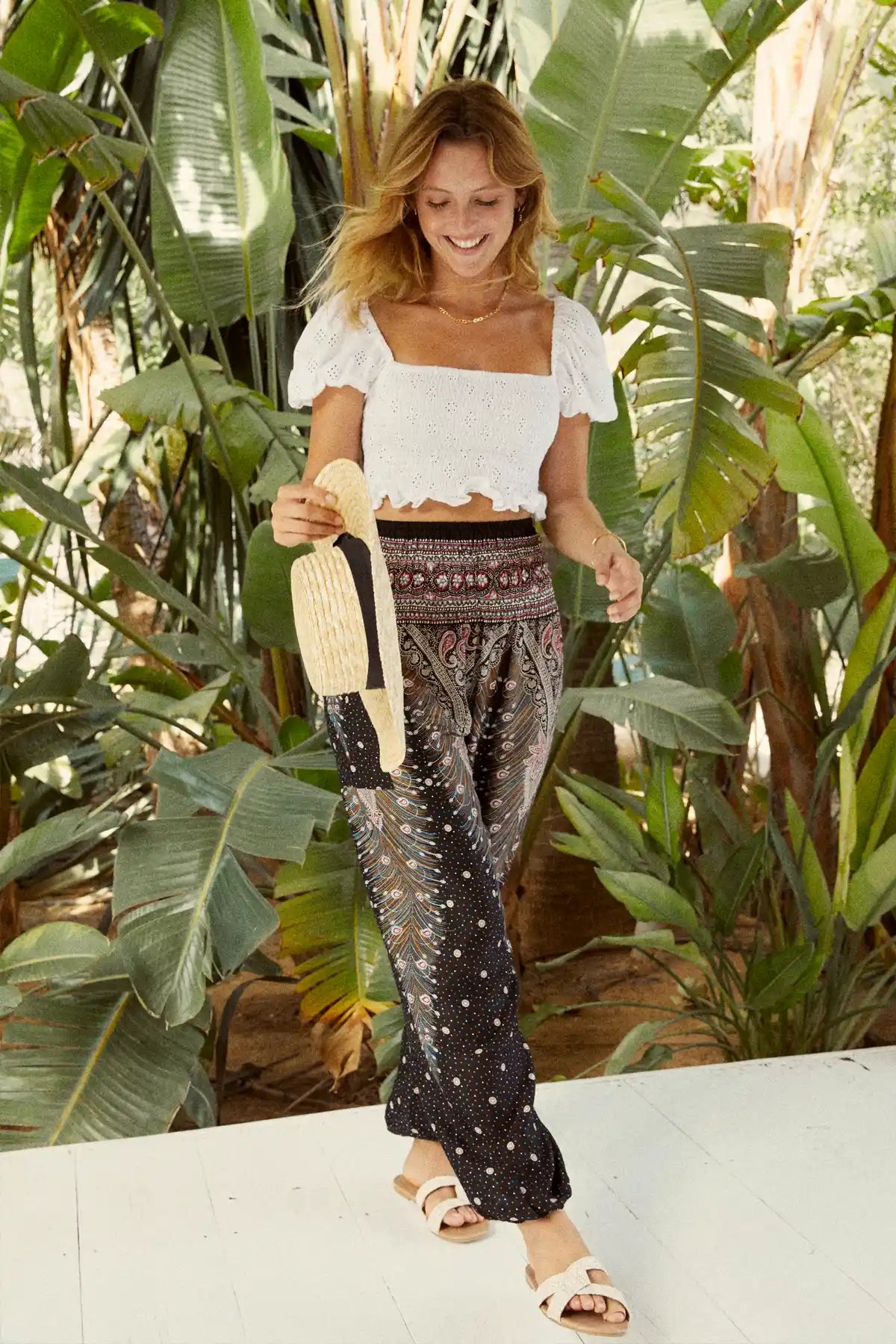
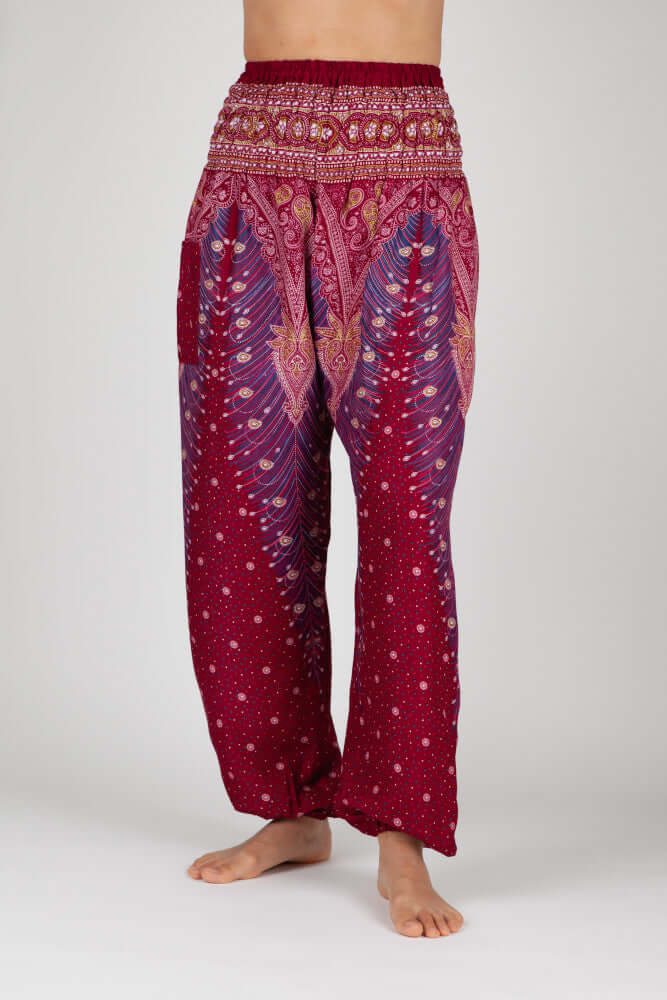
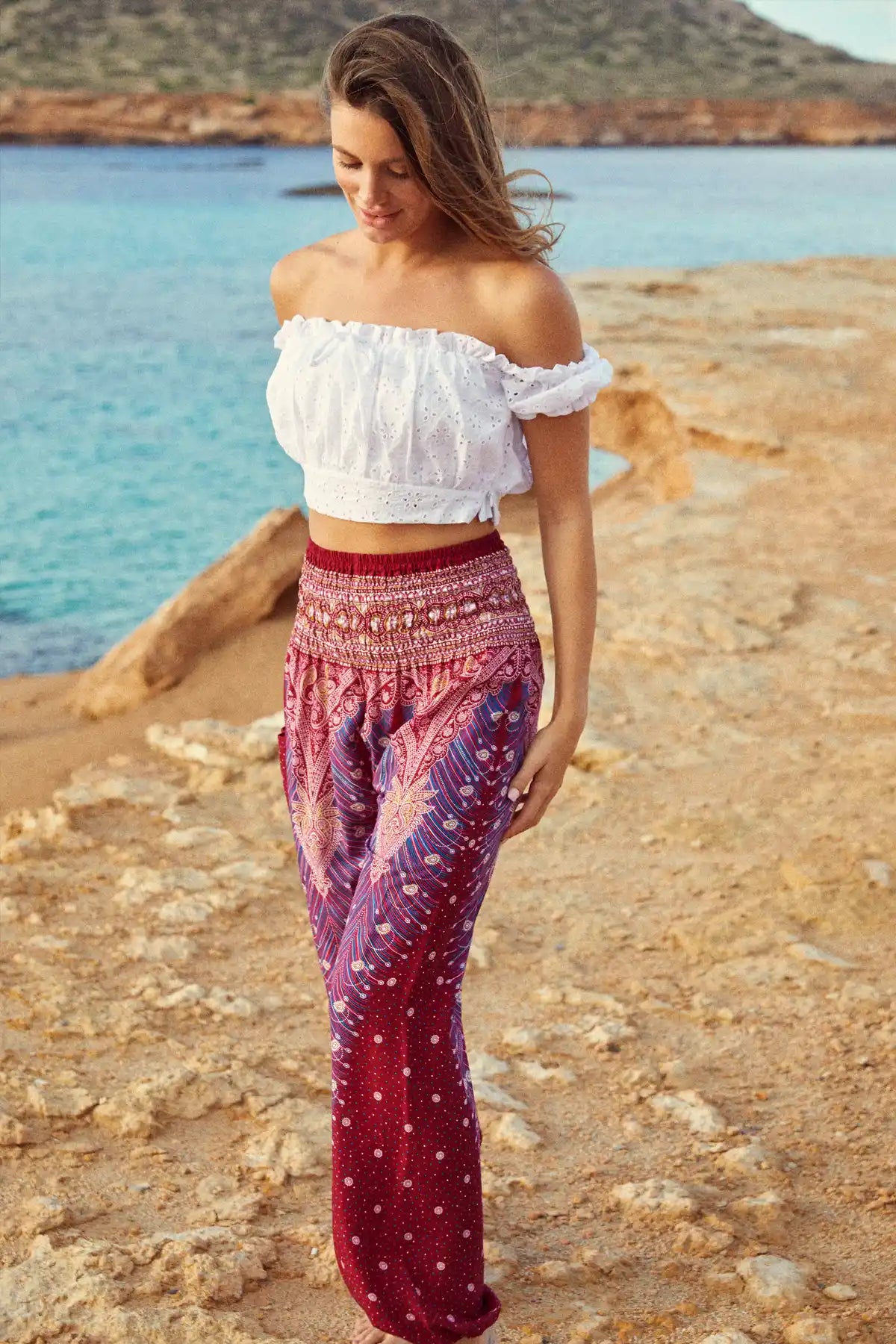
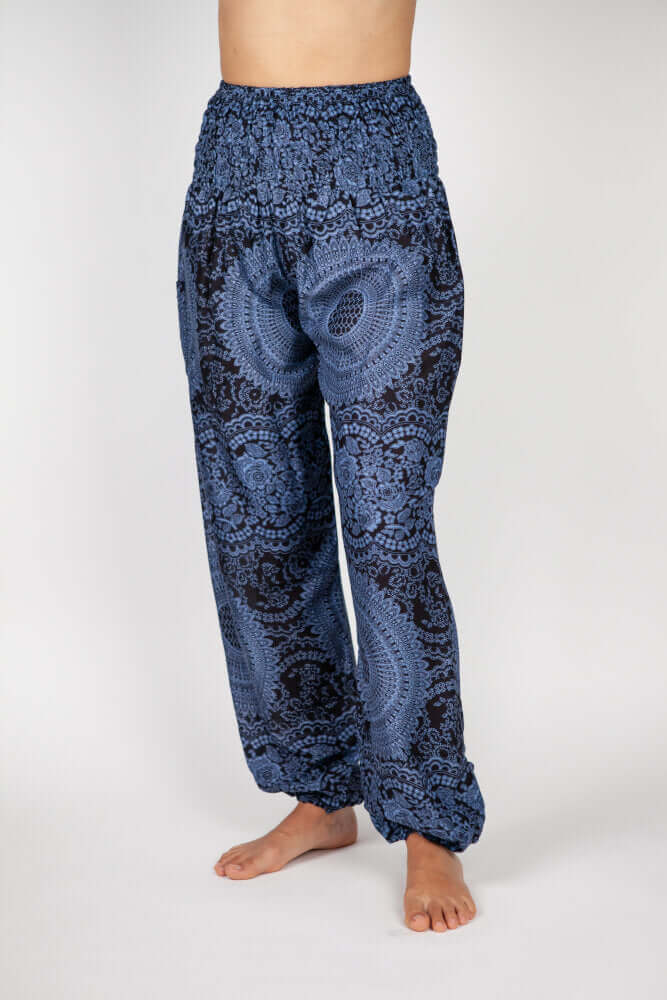
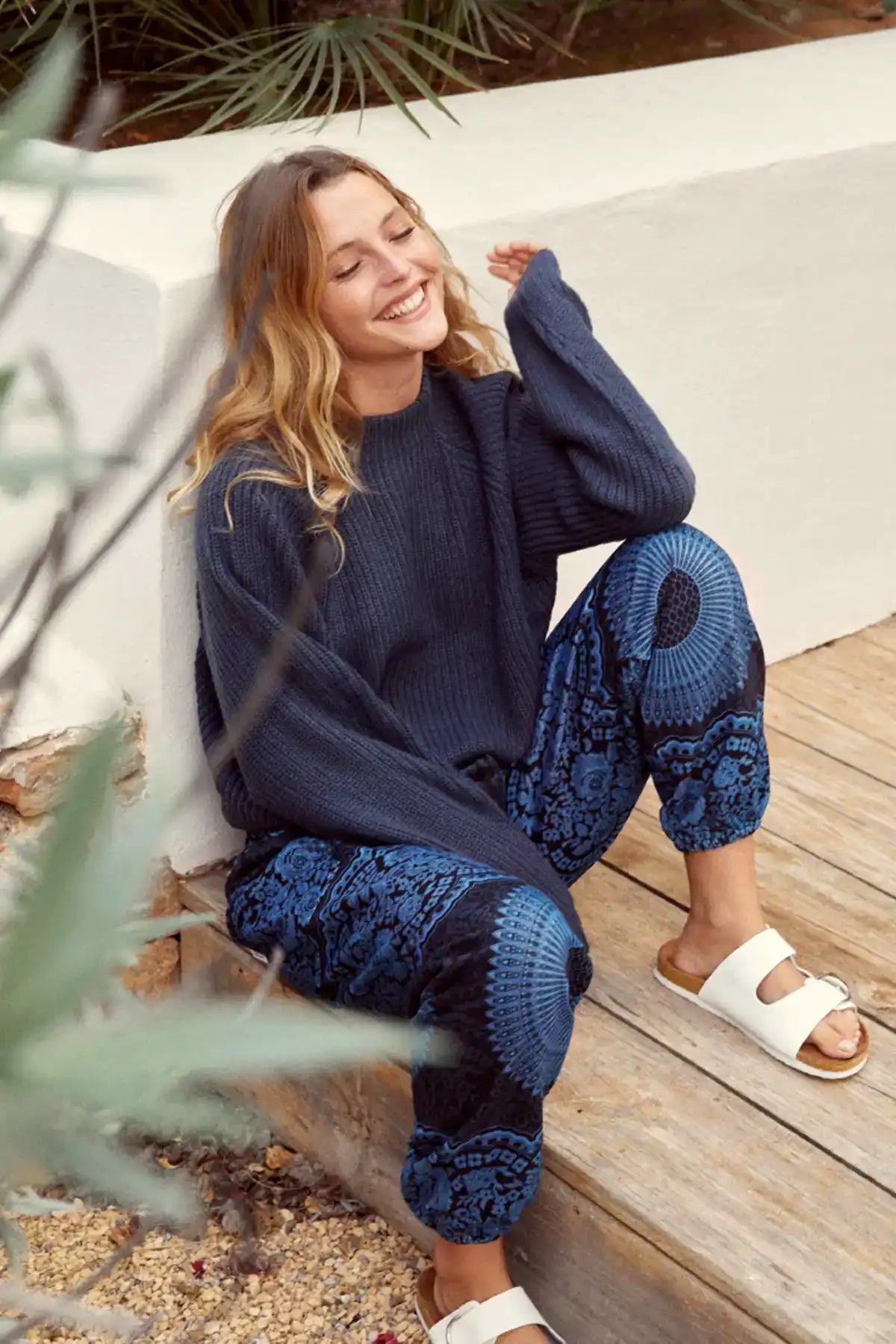
Leave a comment
This site is protected by hCaptcha and the hCaptcha Privacy Policy and Terms of Service apply.